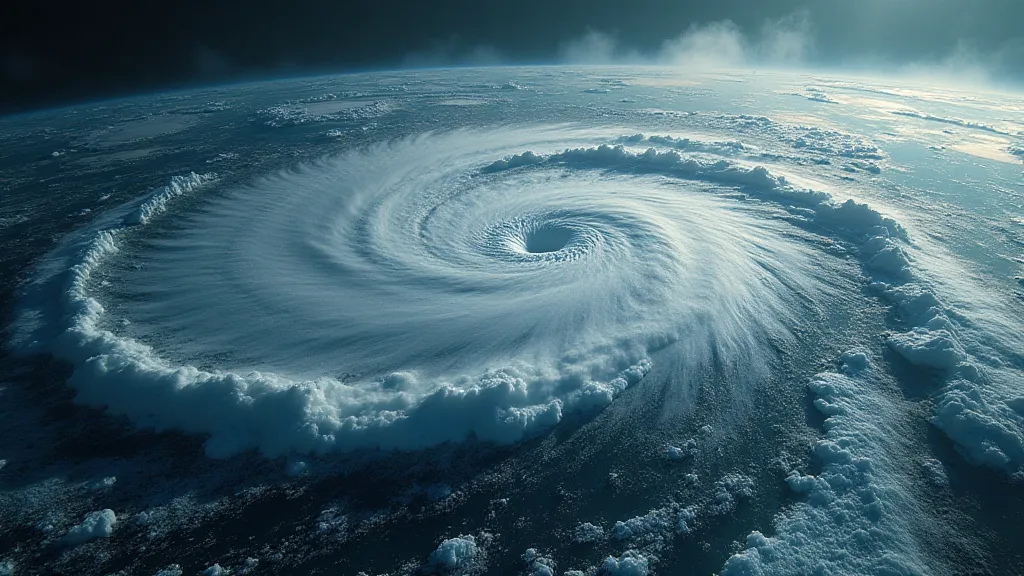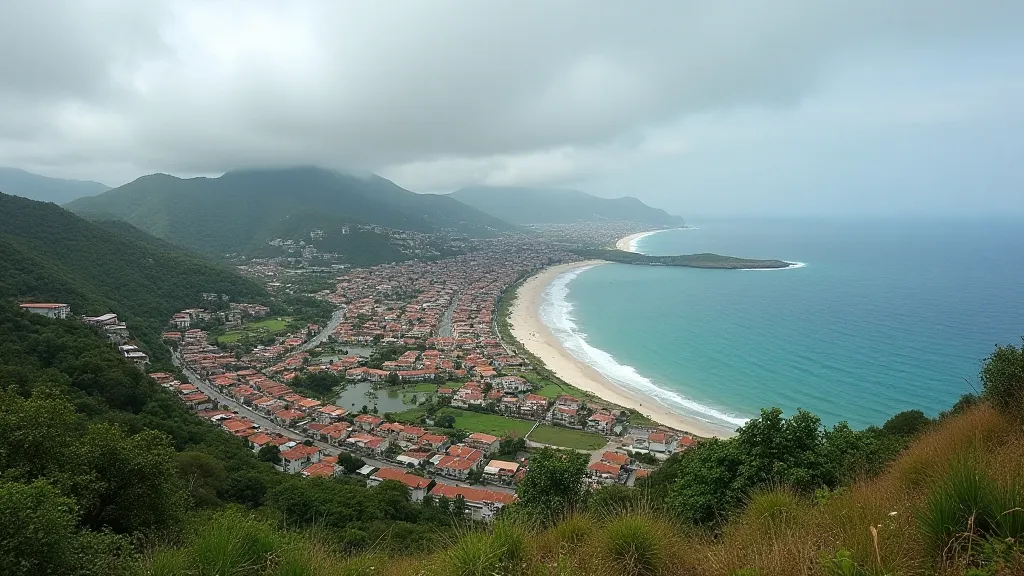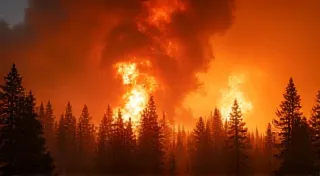The Impact of El Niño on Historical Weather Patterns
Understanding the intricate dance between global climate and regional weather requires a deep dive into historical data. Among the most influential recurring climate patterns, El Niño-Southern Oscillation (ENSO) stands out for its profound impact on weather patterns worldwide. This article explores how past El Niño events have demonstrably influenced precipitation, temperature, and storm activity, linking historical events to observed cyclical trends. It’s fascinating to consider how changes in human activity can interact with natural climate variability, and exploring the historical context, like the effects of early agriculture, can offer valuable perspectives – see our article Impacts of Early Agricultural Practices on Regional Climate for more information.
What is El Niño?
El Niño isn't a single event but a recurring climate pattern characterized by unusual warming of surface waters in the eastern tropical Pacific Ocean. This warming disrupts normal atmospheric circulation, setting off a chain reaction with far-reaching consequences. The opposite phase, La Niña, involves cooler-than-average surface waters and a different set of impacts. The ENSO cycle typically oscillates every 2-7 years, though the intensity and characteristics of each phase vary considerably.
Historical Evidence: Linking Events to El Niño Cycles
Examining historical records allows us to discern the fingerprints of El Niño on past weather events. For centuries, coastal communities in South America have observed unusual fluctuations in fish populations, a direct consequence of warmer ocean temperatures. These observations were eventually linked to broader climate patterns.

The 1897-98 El Niño is a particularly well-documented example. It triggered devastating floods in Peru and Ecuador, while simultaneously causing severe droughts in Australia and India. Records from this period reveal unusually warm temperatures across the equatorial Pacific, consistent with a strong El Niño event. The severity and breadth of these impacts were remarkable and foreshadowed the global reach of ENSO. It’s intriguing to compare these historical droughts with modern climate modeling techniques; you can find more about this in our article Comparing Historical Droughts with Modern Climate Models.
Precipitation Changes
El Niño often brings increased precipitation to the west coast of South America and the southern United States. Conversely, areas like Australia, Indonesia, and parts of Southeast Asia typically experience drought conditions during El Niño years. Historical analyses of rainfall data confirm these patterns, showing statistically significant correlations between strong El Niño events and altered precipitation regimes across the globe.
In the 20th century, several documented droughts in Africa have been linked to El Niño conditions, exacerbating famine and impacting agricultural yields. Similarly, increased rainfall in California during El Niño winters has been a recurring feature in the state's weather history, contributing to both agricultural benefits and occasional flooding. The disruption to agricultural patterns is noteworthy, and it begs the question of how natural events like El Niño have influenced broader societal trends over centuries. It’s important to remember that events often have cascading effects, and understanding the roots of those effects can provide valuable insights.
Temperature Anomalies
Beyond precipitation, El Niño exerts a significant influence on temperature patterns. During El Niño years, many regions experience warmer-than-average temperatures, particularly in North America and Eurasia. Historical temperature records clearly demonstrate these anomalies, providing further evidence of ENSO's global reach.
Conversely, during La Niña events, cooler-than-average temperatures are more common in the same regions. Examining long-term temperature data in conjunction with ENSO indices provides valuable insights into natural climate variability. The "Year Without a Summer" in 1816 serves as a stark reminder of how volcanic activity can dramatically impact global temperatures, sometimes interacting with, or masking, natural cyclical patterns like ENSO. The interplay between different environmental forces can be complex and challenging to unravel.
Storm Activity and El Niño
The impact of El Niño extends to storm activity as well. In the Pacific, El Niño can lead to increased tropical cyclone activity closer to the central Pacific islands. However, it typically suppresses hurricane formation in the eastern Pacific. Studying historical storm tracks and intensities alongside ENSO phases provides a deeper understanding of the relationship between these phenomena.

The Broader Context: Volcanic Events and Climate
Understanding the historical influence of El Niño requires considering other significant climate drivers. Volcanic eruptions, for example, release massive amounts of aerosols into the atmosphere, reflecting sunlight and causing temporary cooling. The impact of such events can sometimes obscure or modulate the effects of El Niño, making it challenging to disentangle the contributions of each. The events of 1816, when widespread crop failures occurred due to a cold summer following the eruption of Mount Tambora, vividly illustrate this complex interaction. Understanding such events and comparing them to our modern understanding of ENSO is crucial for improving climate predictions.
Connecting Past and Future Climate
Understanding the historical impact of El Niño is crucial as we face a changing climate. While natural climate variability like ENSO will continue to shape weather patterns, human-caused climate change is altering the frequency and intensity of these events. Studying the historical record provides a baseline for detecting and responding to these changes, allowing for more effective climate adaptation strategies.

The impact of these changes extends beyond simply higher temperatures; altered precipitation patterns, more frequent extreme weather events, and rising sea levels all pose significant challenges for communities worldwide. The potential for increased rainfall and flooding in some regions, coupled with prolonged droughts in others, necessitates a proactive approach to disaster preparedness and resource management. Recognizing the historical context of these vulnerabilities is key to developing resilient solutions.
Future Research and Modeling
Further research, combining historical data analysis with modern climate modeling, is essential to refine our understanding of El Niño’s influence and to predict future weather patterns accurately. Sophisticated climate models are becoming increasingly capable of simulating past climate conditions, allowing scientists to test hypotheses and improve the accuracy of future projections. However, the incorporation of historical data remains crucial, providing a valuable benchmark for validating model outputs and identifying areas for improvement.
The legacy of historical events serves as a vital guide as we navigate the challenges of a changing climate. By studying the past, we can gain a deeper appreciation for the complex interplay of factors that shape our planet's climate and develop more effective strategies for adapting to the changes that lie ahead. Recognizing the cyclical nature of climate patterns, like El Niño, reinforces the importance of long-term planning and sustainable practices. The lessons of the past offer a powerful reminder of our interconnectedness with the natural world and the need to act responsibly to protect it for future generations.





